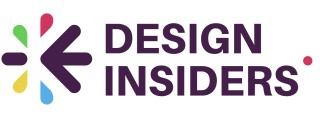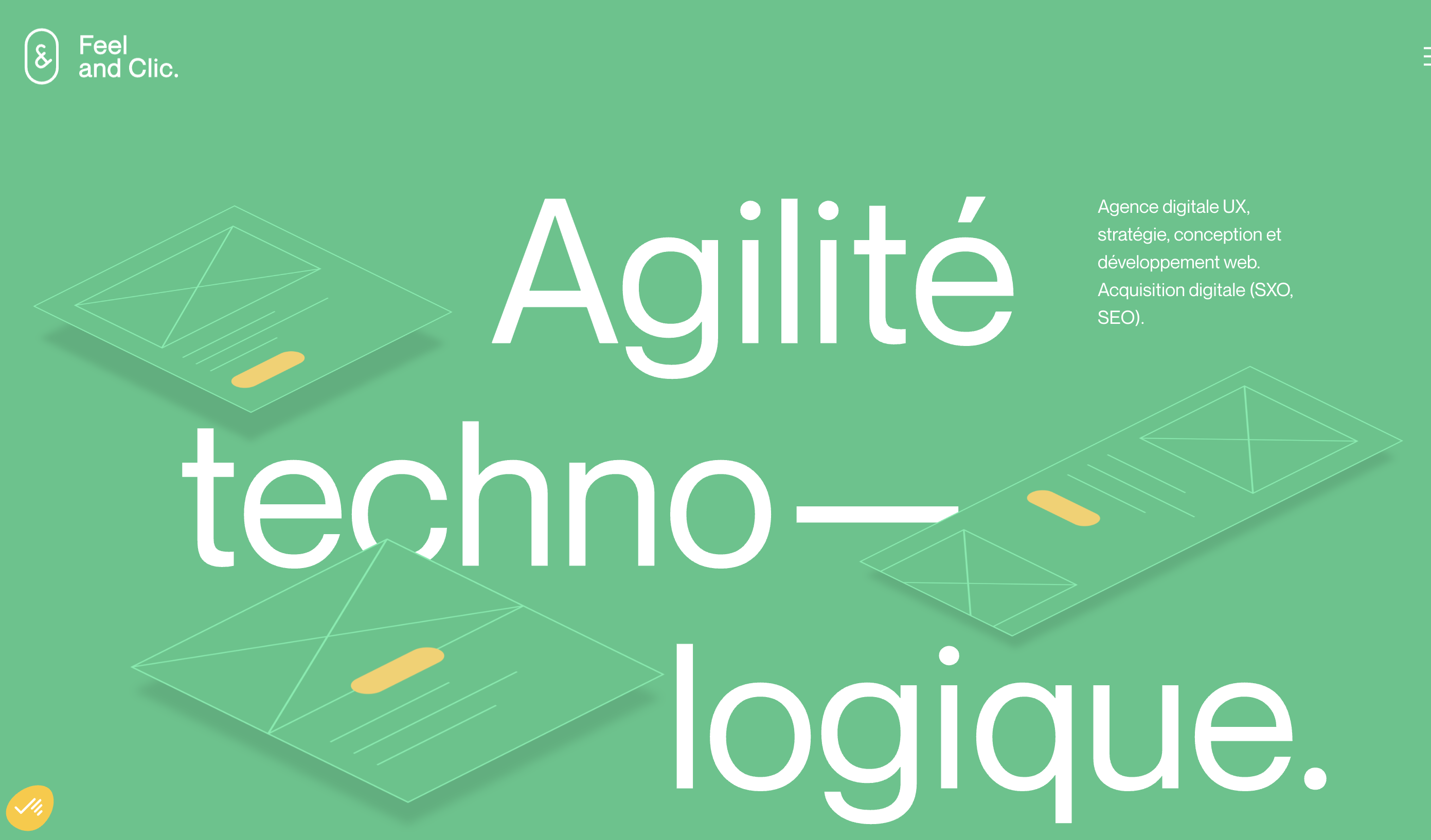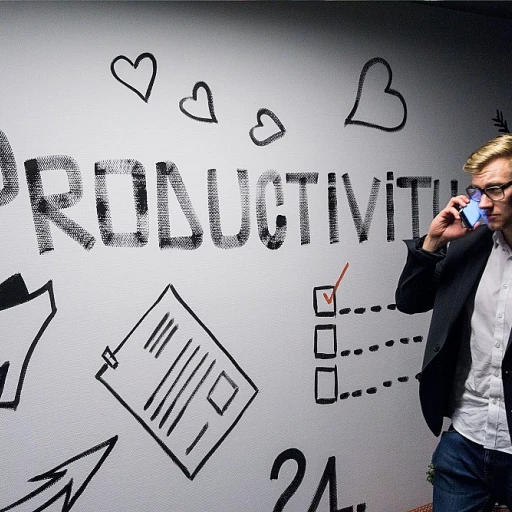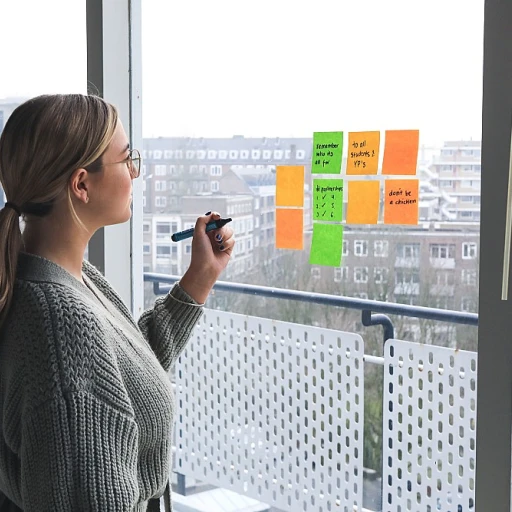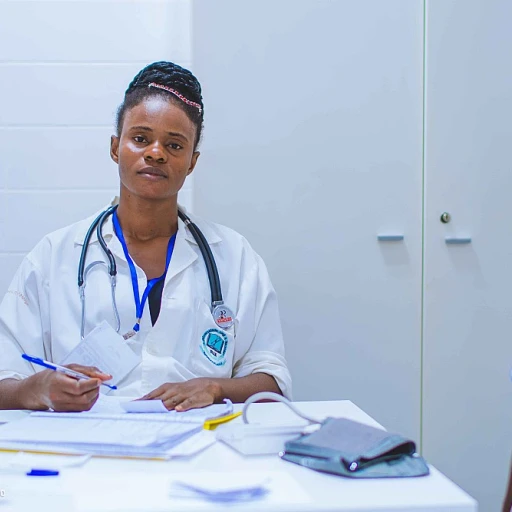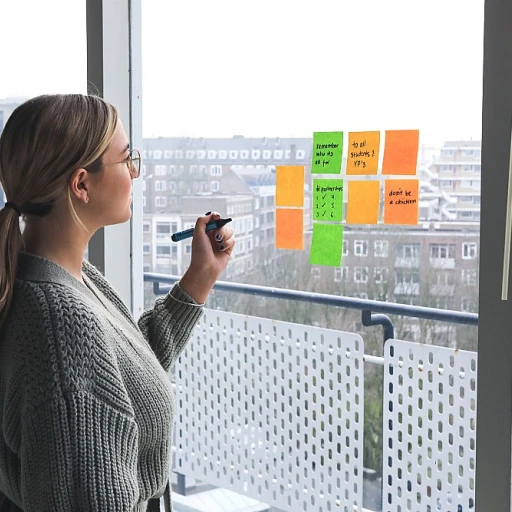
Understanding UX Testing
Delving into the Core of UX Testing
Understanding user experiences requires a meticulous approach, and that's where UX testing comes into play. For product managers and designers, particularly in thriving hubs like Leeds, this testing process is integral to creating digital products that genuinely resonate with users. At its essence, UX testing revolves around engaging with real users to evaluate the effectiveness and satisfaction derived from a digital product. This user-centric evaluation process extends beyond simple metrics to explore the qualitative nuances of user interaction with a product. Leeds, with its vibrant mix of cultures and technological advancements, provides a unique backdrop for this endeavor. Senior designers and product managers delve into the heart of user feedback, employing strategic methodologies to refine digital products, ensuring they align with the complex human behaviors that often surface during testing. Whether it's a banking system or a leisure service like Jet Holidays, the aim is to craft experiences that are not only functional but also delightful. An effective UX testing strategy typically unfolds in several phases. Early-stage prototypes are examined, and iterative feedback loops help evolve the design process iteratively. Specialists in Leeds often adopt this dynamic approach, not only to meet the local audience's expectations but also to contribute to the broader digital transformation within the user and product community. For anyone new to these concepts, a detailed exploration of how case studies transform digital design can provide intriguing insights into the profound impact of user testing.The Unique Landscape of Leeds
Leeds: A Hub for Digital Innovation
Leeds, nestled in the heart of Yorkshire, is rapidly becoming a focal point for digital transformation and user experience design. This vibrant city is home to a diverse group of businesses and specialists, making it an ideal location for exploring UX testing. The presence of major companies and innovative startups alike has cultivated a thriving community of designers and product managers dedicated to enhancing user experiences.
The city's unique landscape is characterized by a blend of traditional industries and cutting-edge digital products. From banking systems to jet holidays, Leeds offers a broad spectrum of sectors where UX testing plays a crucial role. The Leeds Building Society, for instance, exemplifies how financial institutions are integrating user testing into their design process to improve digital products and services.
Community and Collaboration
Leeds is not just about business; it's also about community. The city hosts numerous events and workshops where senior designers, product managers, and experience designers come together to share insights and best practices. These gatherings foster collaboration and innovation, allowing professionals to stay ahead of the curve in the ever-evolving field of user experience.
Moreover, the city's proximity to other key locations like Halifax enhances its appeal as a center for UX testing. The collaborative spirit extends beyond Leeds, with specialists often working closely with teams in neighboring areas to deliver fully integrated digital solutions.
For those interested in how Leeds is transforming user experience into commercial success, exploring case studies from Yorkshire can provide valuable insights. These examples highlight the innovative approaches taken by local businesses and the tangible benefits of effective UX testing.
Challenges in UX Testing
Complexities of Navigating UX Challenges
UX testing presents its own unique set of hurdles, regardless of the location. However, in a vibrant city like Leeds, where digital transformation is rapidly taking place, businesses and user experience specialists face specific challenges.- Diverse User Base: Leeds is a melting pot, with a varied audience who use digital products in different ways. Catering to such a diverse audience can be daunting for designers and product managers aiming to create inclusive digital experiences.
- Balancing Innovation and Functionality: In Leeds, companies often feel the pressure to be at the forefront of innovation. Senior designers and product managers must ensure that while integrating advanced systems and technologies, the design remains user-friendly and accessible.
- Resource Constraints: Smaller businesses and startups in Leeds might struggle with budget constraints. Limited financial resources can hinder access to extensive user testing tools and specialist teams, impacting the depth of UX testing.
- Keeping Pace with Digital Trends: With digital products continuously evolving, staying updated with the latest design processes and testing methodologies is paramount. This demand challenges designers and managers to constantly seek knowledge and integrate these advances effectively.
Tools and Techniques
Essential Tools and Techniques for Effective UX Testing
In the vibrant city of Leeds, where digital transformation is at the forefront, understanding the tools and techniques for UX testing is crucial for any designer or product manager. The landscape here is unique, with a blend of traditional businesses and cutting-edge digital products, making it an ideal ground for testing innovative user experiences.
To ensure a seamless experience for users, specialists in Leeds often employ a variety of tools that cater to different aspects of the design process. These tools help in gathering insights, analyzing user behavior, and refining digital products to meet the needs of the target audience. Here are some of the most commonly used tools and techniques:
- User Testing Platforms: These platforms allow designers to conduct remote testing sessions, gathering feedback from users in real-time. This is particularly useful for businesses in Leeds looking to expand their reach beyond local boundaries.
- Prototyping Tools: Tools like Figma and Sketch are popular among senior designers and experience designers in Leeds. They enable the creation of interactive prototypes that can be tested and iterated upon quickly.
- Analytics Tools: Understanding user behavior is key to improving digital products. Tools such as Google Analytics and Hotjar provide valuable insights into how users interact with a product, allowing for data-driven design decisions.
- Collaboration Platforms: In a city known for its collaborative spirit, platforms like Slack and Trello are essential for keeping teams aligned and ensuring that the design process is fully integrated with the business goals.
These tools are not just about enhancing the user experience; they are about creating a product community where feedback is valued and integrated into the design process. As digital products continue to evolve, staying updated with the latest tools and techniques is essential for any experience designer or product manager aiming to lead in the competitive landscape of Leeds.
Case Studies from Yorkshire
Real-World Applications in Yorkshire
Yorkshire, with its vibrant digital community, offers a plethora of case studies that highlight the importance of user experience testing. In Leeds, a city known for its digital transformation initiatives, several businesses have embraced UX testing to enhance their digital products. These case studies provide valuable insights into how user testing can lead to successful product launches and improved user satisfaction.
Banking on User Experience
One notable example comes from the banking sector, where a leading building society in Halifax undertook a comprehensive UX testing initiative. The goal was to streamline their digital systems and improve the user experience for their online banking platform. By involving users early in the design process, the bank was able to identify pain points and implement changes that led to a more intuitive and user-friendly interface. This approach not only enhanced customer satisfaction but also positioned the bank as a leader in digital transformation.
Travel Industry Insights
Another interesting case study involves a travel company based in Leeds, which sought to improve its digital product offerings. By conducting extensive user testing, the company was able to refine its booking system, making it more accessible and efficient for users. The insights gained from these tests were instrumental in redesigning the user interface, ultimately leading to increased bookings and customer retention.
Collaborative Efforts in Design
In Leeds, the collaborative efforts of design specialists and product managers have been crucial in driving successful UX testing initiatives. By forming dedicated groups focused on user experience, businesses have been able to leverage the expertise of senior designers and experience designers. This collaborative approach ensures that the design process is fully integrated with user feedback, leading to digital products that truly meet the needs of their users.
Lessons Learned from Yorkshire
The case studies from Yorkshire underscore the importance of involving users throughout the design process. Whether it's a banking system or a travel booking platform, the key to success lies in understanding the human element of user experience. By prioritizing user testing and incorporating feedback, businesses can create digital products that not only meet but exceed user expectations.
